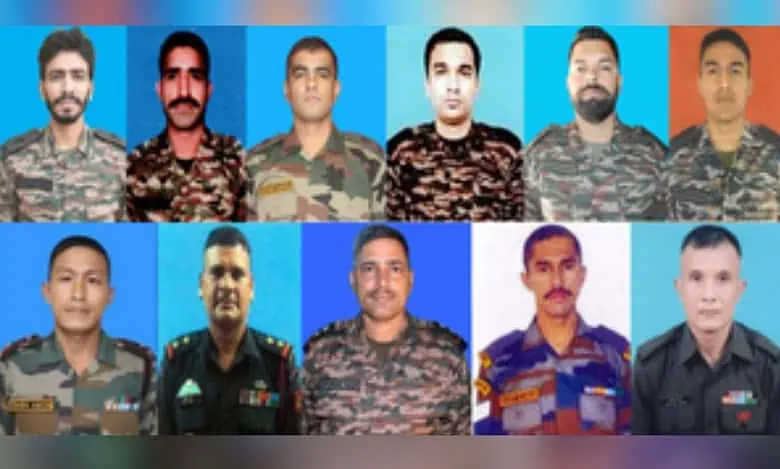
Delhi coaching centre deaths
Rain, Oversights, and Students in a Basement
The tragic flooding at a coaching centre in Old Rajendra Nagar, Delhi, has claimed the lives of three young students, spotlighting the severe impact of monsoon rains and infrastructural oversights in the national capital. The victims, 21-year-old Tanya Soni, 25-year-old Shreya Yadav, and 29-year-old Nevin Delvin, were trapped in the basement of Rau’s IAS Study Circle when a series of unfortunate events led to their untimely deaths.
On Saturday evening, a localized downpour flooded a nearby road, creating waist-deep water levels. Around 6:40 PM, an SUV passing through the area created a powerful wake, which knocked over the main gates of the four-storey building. The gates, which had previously acted as a dam to stop the water pooled on the road outside, fell, allowing a deluge to rush into the basement.
Eyewitnesses described the swift and devastating nature of the flooding. “Waterlogging is a common occurrence here. But once that barrier was gone, water gushed in quickly,” said a security guard employed at the centre, who asked not to be named. Mobile phone videos shot by onlookers from a building on the other side of the street showed the SUV causing a wave that overwhelmed the gates.
The flooding claimed the lives of Tanya, Shreya, and Nevin, who were unable to escape once the water began to fill the basement. Their bodies were recovered after disaster response teams and firefighters pumped out the water, but it took hours for the waterlogging outside to recede, delaying rescue efforts.
This tragic incident underscores the alarming state of Delhi’s infrastructure and its vulnerability to monsoon rains. At least 18 people have died in Delhi this monsoon season due to various causes related to heavy rains, including a cab driver killed by a collapsing canopy at the airport, a student electrocuted while crossing a waterlogged street, and a commuter trapped in a flooded underpass.
The victims of Saturday’s flooding had little chance of escape once the gates fell. The blue-grey metal structure had been holding back the water, but the powerful wave created by the passing SUV proved too much. Once the water began to flow into the basement, the situation quickly turned dire.
Rescue workers arrived at the scene and worked tirelessly to pump out the water, but the delay in starting the operation due to the high water levels outside the building meant that the three students were trapped for hours. By the time their bodies were recovered, it was too late.
This incident highlights the need for better urban planning and infrastructure to handle the heavy rains that are common during the monsoon season in Delhi. Waterlogging and flooding are frequent issues, and the consequences can be fatal when combined with structural weaknesses and lack of proper drainage systems.
In the aftermath of this tragedy, there are calls for accountability and immediate action to prevent such incidents in the future. The loss of Tanya Soni, Shreya Yadav, and Nevin Delvin is a stark reminder of the dangers posed by inadequate infrastructure and the urgent need for improvements to ensure the safety of residents during the monsoon season.
As Delhi continues to grapple with the challenges of monsoon rains, it is crucial for authorities to address the root causes of flooding and take proactive measures to protect its citizens. The tragic deaths of these three students should serve as a wake-up call for immediate and long-term solutions to the city’s infrastructure problems.
PM Modi Meets Manipur CM


